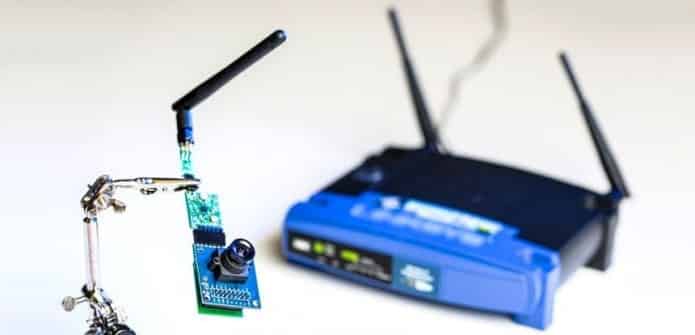New Wi-fi technology transmits both energy and Internet from one router
Move over from cellular internet connection….Wi-Fi is the in thing these days. Everywhere you go these days does have a Wi-Fi facility available. Wi-Fi (or WiFi) is a local area wireless computer networking technology that allows electronic devices to connect to the network. But is the potential of this technology tapped completely?
Yes, a new system called Power Over Wi-Fi (PoWiFi) developed by a team of engineers at the University of Washington can power devices using the inherent energy of Wi-Fi signals within a wireless network.
Vamsi Talla, an electrical engineer and lead author of the study said “For the first time we’ve shown that you can use Wi-Fi devices to power the sensors in cameras and other devices. We also made a system that can co-exist as a Wi-Fi router and a power source — it doesn’t degrade the quality of your Wi-Fi signals while it’s powering devices.”
Earlier in the year, the system was first announced by the researchers. With the technology expected to hold notable appeal for anybody who likes electronic gadgets (that’s you) and uses Wi-Fi (also you), the researchers are expected to present it in a final paper next month at the Association for Computing Machinery’s CoNEXT 2015 conference in Germany.
While there is no cause for concern for the minimal amounts of current produced by PoWiFi, the thought of electricity flowing wirelessly through the air might sound more than a little alarming. However, the needs of low-power sensors in small devices like fitness trackers and cameras can be ideally met with PoWiFi.
The researchers while developing PoWiFi discovered that the maximum energy contained in regular Wi-Fi signals is enough to charge or run these kinds of low-power gadgets. However, energy leakage predictably occurs, due to the way the signals are sent only at irregular intervals .
The team was able to make the signal strong and consistent enough to deliver power effectively by making the best use of a router to transmit additional power packets on Wi-Fi channels that are not currently in use and by combining sensors into low-power devices so that they can feed on the signals.
The researchers showed in testing that PoWiFi supplied enough charge to wirelessly run a low-power VGA camera from more than 5 metres. Also, the battery of a Jawbone Up24 wearable fitness tracker was recharged from no charge to 41 percent in 2.5 hours.
The researchers also tested the effect of running PoWiFi on the router’s regular role in addition to measuring the system’s charging abilities, which is delivering Internet access on a local network. When it was tested in six homes, no typical change of slower than usual performance was noticed by the users when they streamed content from the web or loaded web pages.
Shyam Gollakota, a co-author of the study said “In the future, PoWiFi could leverage technology power scaling to further improve the efficiency of the system to enable operation at larger distances and power numerous more sensors and applications.”
PoWiFi can’t be compared with a standard wired power cable, future refinements to the technology due to the relatively small amounts of power delivered by PoWiFi. However, one cannot ignore the sheer convenience of wirelessly charging all your small devices around you. If PoWiFi gets a consumer release, one could see one heck of an impact.

